MicroRNAs may play a role in autism, studies find
Some small fragments of RNA are expressed differently in people with autism than in controls, according to two new studies. The findings unveil another layer of complexity in the genetics of autism.
Some small fragments of RNA are expressed differently in people with autism than in controls, according to two new studies. The findings unveil another layer of complexity in the genetics of autism.
A child’s language ability correlates with the volume of his or her amygdala ― the small, deep brain region that is strongly associated with emotion processing ― according to an unpublished five-year longitudinal study presented Wednesday afternoon at the Society for Neuroscience meeting.
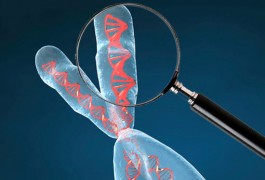
The latest of many full genome scans of large groups of people with and without autism has identified two new chromosomal regions associated with the disorder. The findings were unveiled last week at the American Society of Human Genetics meeting in Philadelphia.
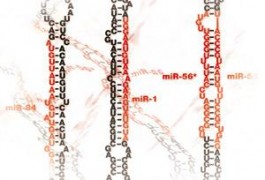
Some small fragments of RNA, called microRNAs, are under-expressed in people with schizophrenia and bipolar disorder compared with controls, according to unpublished research based on postmortem brain tissue presented this morning at the Society for Neuroscience meeting.
Lithium treatment reverses some of the behavioral and brain-cell abnormalities in mouse models of fragile X syndrome ― an inherited form of mental retardation that includes learning deficits, aggressiveness, and social withdrawal ― according to research presented today at the Society for Neuroscience meeting.
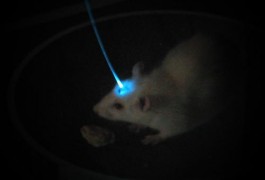
For decades, those who study brain cell activity have faced a fundamental trade off: either closely monitor the activity of a single cell or look at the circuit level to see how large groups of neurons communicate with each other.
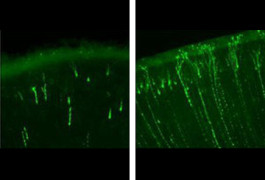
A team of scientists is reprogramming adult stem cells generated from tiny skin samples of people with autism to form nerve cells, creating a powerful research tool for the disorder.
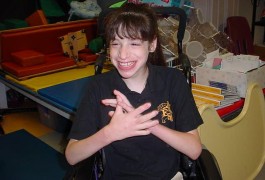
Treatment with the insulin-like growth factor (IGF) greatly improves the health of mouse models of Rett syndrome ― a regressive genetic disorder that causes mental retardation, respiratory problems, and autistic features ― according to unpublished researched presented Monday at the Society for Neuroscience conference in Washington, D.C.
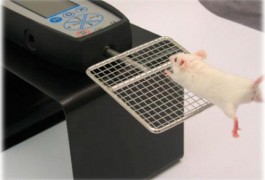
Researchers at the Society for Neuroscience today described a new test for animal behavior that doesn’t interfere with normal mouse behavior, doesn’t require human interaction, and makes it simple to take long-term measurements: the ‘licking testʼ.
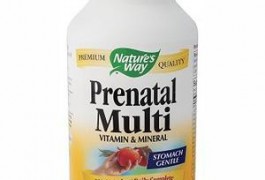
Women who take prenatal vitamins and eat cereal supplemented with folic acid in the early months of pregnancy are less likely to have children with autism compared with women who consume less folate, suggests preliminary data from a survey presented today at the Society for Neuroscience conference.